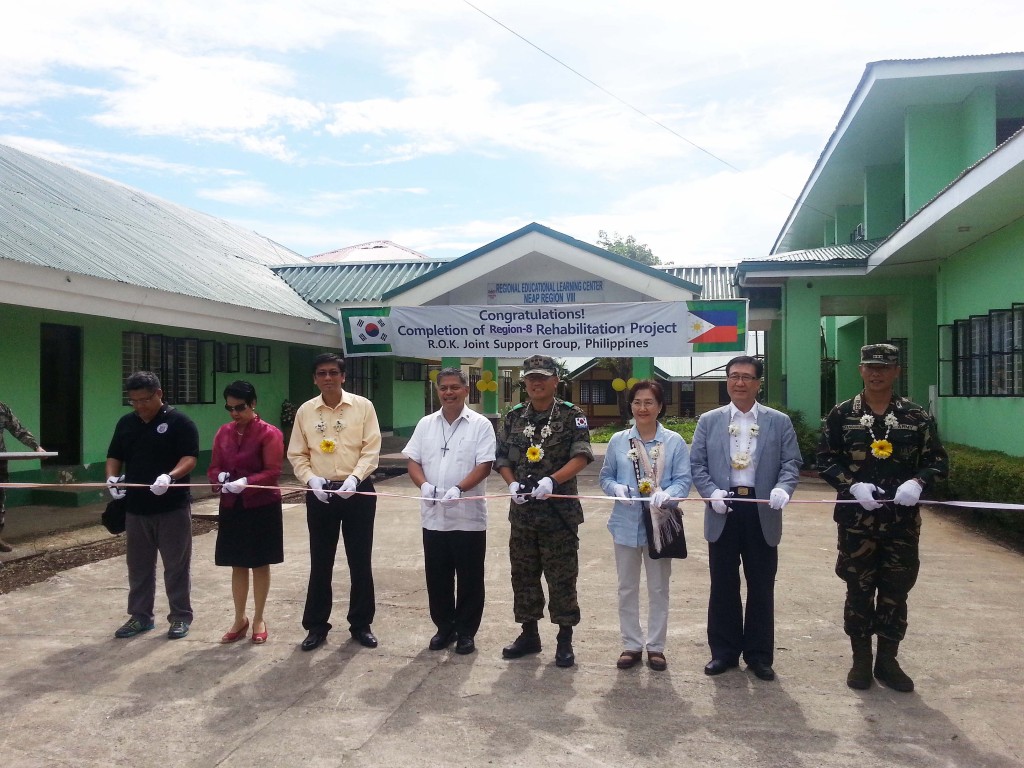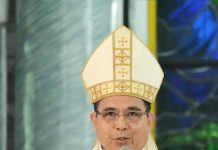
PALO, Leyte – Barely two weeks before the classes opens, the Department of Education is rushing to complete the repair of 17,000 classrooms damaged by supertyphoon Yolanda last year. As of last week, only about 3,000 destroyed classrooms have been completed and many students are expected to hold classes inside tents and makeshift classrooms, said Education Secretary Armin Luistro in a press briefing held inside a camp of South Korea Armed Forces last May 19, 2014. In addition to repairs, the education department is also constructing 2,600 new classrooms along Yolanda’s path in the Visayas. Up for completion by June 2 are just one-storey classrooms with higher school buildings will be completed in the next six months. “Construction will never be finished because we always want to build back better. Most of our repairs are really temporary. We just want to make classrooms functional since our long term plan is to construct new ones,” Luistro said. Luistro claimed they are ready for the opening of a new school year on June 2, although he admitted that some students will still hold classes inside tents and temporary learning spaces. As of end of April, of the 5,000 target for the estimated 1.4 million school-aged children affected by the storm, 3,943 temporary classrooms have been built by various aid groups, according to latest education cluster report. The national government has poured out P5 billion for the rehabilitation and construction of classrooms in 188 strong-ravaged municipalities in central Philippines, on top of the P1 billion outlay for learning materials, according to Education Assistant Secretary Reynaldo Antonio Laguda. “There has been repair works since December last year. We keep on working and we don’t stop,” Laguda told reporters. (SARWELL Q.MENIANO)



